We would like to bump-map a sphere with a texture map. However, the surface of the sphere has an area that is 10 times the area of the texture map(area for both in pixels). Describe different ways in which the texture map can be used for bump mapping.
Asked
Active
Viewed 4,920 times
-3
-
1Please be more specific. The areas of a texture and of a sphere cannot be compared because they have different units (texture is measured in pixels, sphere is measured in world area units). – Nico Schertler Sep 13 '15 at 14:14
-
... which is not to mention the issue of projections. – Tommy Sep 13 '15 at 14:20
1 Answers
4
usually rectangle texture is used for spheres
texture
(u,v)coordinates are used as angles for spherical coordinates. The result is that texels are bigger near equator and smaller near poles. At poles all the texels merge to single pixel. This is how to do itWhen you use these maps (color,normal,light,clouds):
when combined with single light source (Sun) I got this result:
On the left side with atmospheric scattering and on the right without it. If you zoom a bit you can see the mountains.
There are more ways then just rectangular sphere maps
You can use non linear sphere maps with different properties like eqisurface/distance etc. Here some examples of sphere maps (from google):
rectangular:
equidistant/paper model:
equidistant:

